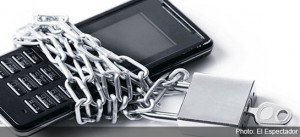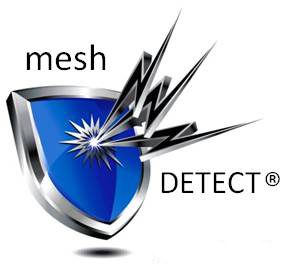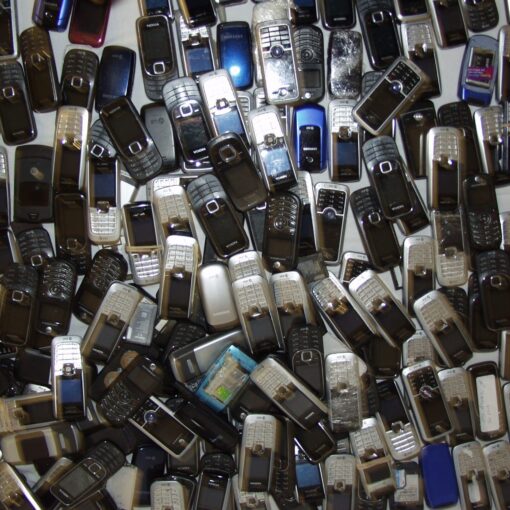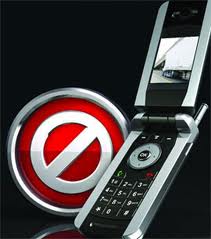 The following editorial is a response to one written earlier regarding contraband prison cell phone signal jamming. In it the author, an official of the Maryland DOC states, “Corrections systems must invest, innovate, develop partnerships and educate themselves in order to gain the necessary capabilities to fight this problem.” This is very true, but all the approaches he mentions are related to smuggled cell phone interdiction and detection. None of the solutions contemplate proactively reducing the contraband value of smuggled cell phones by offering prisoners a secure cell phone solution in order to siphon off legitimate usage (prisoners who simply want to stay in touch with friends and family) and thereby reduce the contraband value of smuggled wireless phones. It is time for DOC officials to consider addressing the root cause of the problem (demand) in a addition to spending money on detection and interdiction.
The following editorial is a response to one written earlier regarding contraband prison cell phone signal jamming. In it the author, an official of the Maryland DOC states, “Corrections systems must invest, innovate, develop partnerships and educate themselves in order to gain the necessary capabilities to fight this problem.” This is very true, but all the approaches he mentions are related to smuggled cell phone interdiction and detection. None of the solutions contemplate proactively reducing the contraband value of smuggled cell phones by offering prisoners a secure cell phone solution in order to siphon off legitimate usage (prisoners who simply want to stay in touch with friends and family) and thereby reduce the contraband value of smuggled wireless phones. It is time for DOC officials to consider addressing the root cause of the problem (demand) in a addition to spending money on detection and interdiction.
Terry Bittner’s assertion that cell phones in Maryland’s prisons are an issue is correct. This is an issue in every state. His assertion that Maryland is focusing on a single solution — cell phone blocking — is inaccurate. And his insinuation that we are not doing enough is wrong (“Cell phone blocking isn’t the only answer for Md. Prisons,” June 15).
There is no one single solution to meeting the challenge of illegal cell phones in prisons. In the absence of jamming, which is generally illegal in the United States, the Department of Public Safety and Correctional Services has conducted more than 20 months of research on all available technologies to better understand which cellular detection, managed access or jamming applications would work best in our prisons. This includes a multi-vendor pilot demonstration in the summer of 2009 and several subsequent long term single-vendor pilots.
But not waiting on a technological solution, we have attacked and significantly slowed the flow of cell phones on several fronts including: developing better intelligence, investing in better entrance and scanning technology, innovating approaches like using cell phone sniffingdogs, and data mining interdicted cell phones to help local prosecutors build better cases on inmates found with phones.
Better intelligence has made gang communication within our prisons increasingly more difficult and has become integral to gaining convictions for many Black Guerilla Family gang members in the past two years (alluded to by Mr. Bittner). Our $1.1 million entrance scanning technology has increased the percentage of cell phones captured before they make it inside our prisons by more than 10 percent through April of fiscal year 2011 compared to fiscal year 2010; our dogs have found almost 500 phones since 2008; and with our new forensics intelligence gathering abilities we are seeing close to a 90 percent conviction rate in the cell phone cases states’ attorneys are now taking to court.
None of this is guaranteed to stop all cell phones from getting into our prisons, but it has decreased the flow — by 32 percent in 2010 compared to 2009. But more importantly, these targeted efforts have helped make our prisons safer for staff and offenders. Serious assaults on staff have fallen by 50 percent from 2007 to 2010. On offenders they have fallen 35 percent.
Corrections systems must invest, innovate, develop partnerships and educate themselves in order to gain the necessary capabilities to fight this problem. Maryland has become a national leader in cell phone interdiction, and our efforts have been reported on by media here in Maryland and nationally.
Mr. Bittner’s comments misrepresent and cloud the exhaustive efforts we have made, not only to slow the flow of cell phones inside our prisons, but also to identify truly effective anti-cellular technologies and the best practices of their use.
Gary D. Maynard
The writer is secretary of the Maryland Department of Public Safety and Correctional Services.
- Blockchain System for Compliant Inmate Transactions - March 4, 2025
- Securus Gets the Signal, Eleven Years Later - August 23, 2024
- Multi-Blockchain System for Inmate Forensics - April 2, 2024




